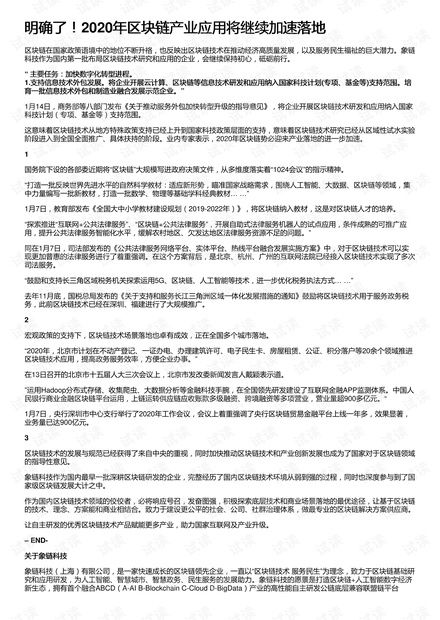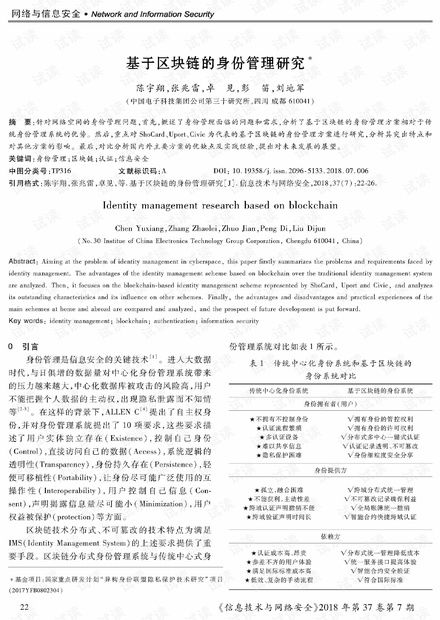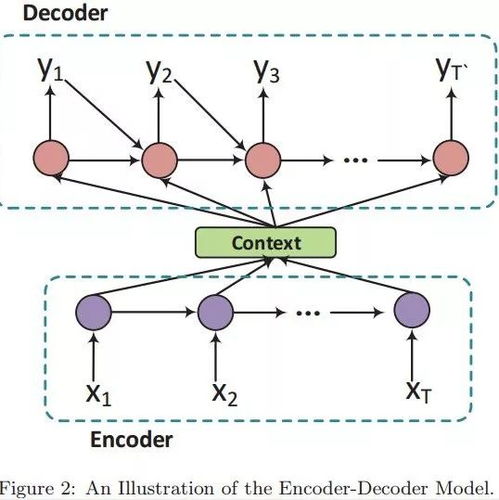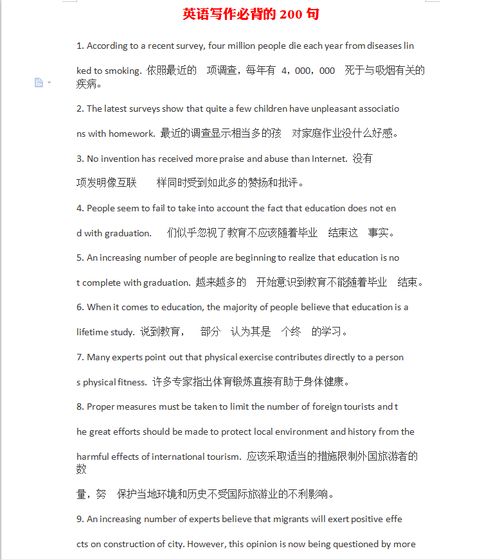Introduction to Blockchain Technology

Blockchain technology has emerged as a revolutionary innovation in the digital age, reshaping various industries from finance to healthcare. This essay aims to provide a comprehensive introduction to blockchain, exploring its fundamental concepts, applications, and potential impact on society.
Understanding Blockchain Basics

At its core, a blockchain is a decentralized digital ledger that records transactions across multiple computers so that the record cannot be altered retroactively without the alteration of all subsequent blocks and the consensus of the network. This decentralized nature is what makes blockchain unique and highly secure.
Key Components of Blockchain

Several key components make up a blockchain:
Blocks: These are the individual records that contain transaction data. Each block is linked to the previous one through a cryptographic hash, creating a chain of blocks.
Transactions: These are the records of value that are transferred between parties. They are grouped into blocks and added to the blockchain.
Miners: These are the individuals or entities that validate and add new blocks to the blockchain. They are rewarded with cryptocurrency for their work.
Consensus Mechanism: This is the process by which the network agrees on the validity of a new block. Common consensus mechanisms include Proof of Work (PoW) and Proof of Stake (PoS).
Applications of Blockchain

Blockchain technology has a wide range of applications across various industries:
Finance: Cryptocurrencies like Bitcoin and Ethereum are built on blockchain technology. Blockchain can also be used to create decentralized finance (DeFi) applications, which offer financial services without the need for traditional intermediaries.
Supply Chain: Blockchain can track and verify the movement of goods and services throughout the supply chain, ensuring transparency and reducing fraud.
Healthcare: Blockchain can securely store and manage patient records, ensuring privacy and reducing the risk of data breaches.
Real Estate: Blockchain can streamline the process of buying, selling, and transferring property, reducing costs and increasing efficiency.
Challenges and Concerns

While blockchain technology offers numerous benefits, it also faces several challenges and concerns:
Scalability: As the number of transactions on a blockchain increases, the network can become slower and more expensive to use.
Energy Consumption: Proof of Work (PoW) consensus mechanisms require a significant amount of energy, raising concerns about their environmental impact.
Security: While blockchain is generally secure, vulnerabilities can still exist, and there have been instances of hacks and thefts.
Regulatory Challenges: The lack of a clear regulatory framework for blockchain and cryptocurrencies can create uncertainty and hinder adoption.
The Future of Blockchain

Despite the challenges, the potential of blockchain technology is undeniable. As more industries adopt blockchain solutions, we can expect to see increased efficiency, transparency, and security. The future of blockchain may include advancements in scalability, energy consumption, and regulatory frameworks, making it an even more powerful tool for the digital age.
Conclusion

In conclusion, blockchain technology is a groundbreaking innovation with the potential to transform various aspects of our lives. By understanding its basics, applications, and challenges, we can better appreciate its impact and prepare for the future of this exciting technology.
